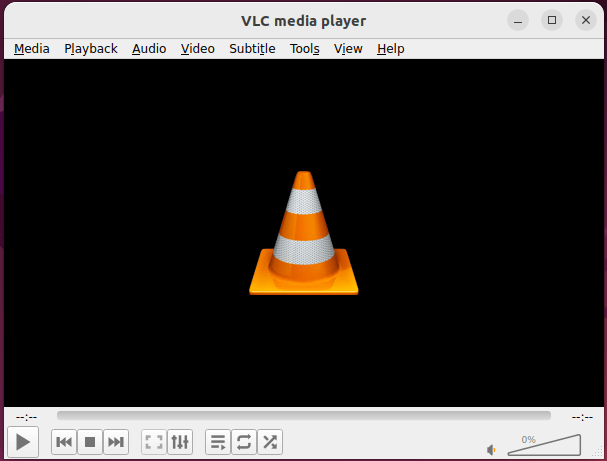How To Install VLC Media Player on Fedora 40

In this tutorial, we will show you how to install VLC Media Player on Fedora 40. VLC Media Player is a powerful, versatile, and open-source multimedia player that supports a wide range of audio and video formats. It is known for its ability to play almost any media file, making it a popular choice among users across various platforms, including Linux distributions like Fedora 40.
This article assumes you have at least basic knowledge of Linux, know how to use the shell, and most importantly, you host your site on your own VPS. The installation is quite simple and assumes you are running in the root account, if not you may need to add ‘sudo‘ to the commands to get root privileges. I will show you the step-by-step installation of the VLC Media Player on Fedora 40.
Prerequisites
Before we dive into the installation process, ensure that you have the following prerequisites in place:
- A server running one of the following operating systems: Fedora 40.
- It’s recommended that you use a fresh OS install to prevent any potential issues.
- You will need access to the terminal to execute commands. Fedora provides the Terminal application for this purpose. It can be found in your Applications menu.
- A stable internet connection to download the necessary packages.
- A non-root sudo user or access to the root user. We recommend acting as a non-root sudo user, however, as you can harm your system if you’re not careful when acting as the root.
Install VLC Media Player on Fedora 40
Step 1. Update the System.
Before we begin the installation process, it is essential to ensure that your Fedora 40 system meets the necessary requirements and is up-to-date. VLC Media Player has minimal system requirements, making it compatible with most modern hardware configurations. To update your system, open a terminal and run the following command:
sudo dnf clean all sudo dnf update
This command will update your system’s package list and upgrade any outdated packages to their latest versions, ensuring that your Fedora 40 installation is current and ready for VLC Media Player.
Step 2. Installing VLC Media Player on Fedora 40.
VLC Media Player is not included in the default Fedora repositories due to licensing restrictions. To install VLC on Fedora 40, we need to add the RPM Fusion repository, which provides a wide range of additional software packages, including multimedia codecs and players.
To add the RPM Fusion Free repository, run the following command in your terminal:
sudo dnf install https://download1.rpmfusion.org/free/fedora/rpmfusion-free-release-$(rpm -E %fedora).noarch.rpm
If you also require support for non-free codecs and proprietary software, you can optionally add the RPM Fusion Non-Free repository by running:
sudo dnf install https://download1.rpmfusion.org/nonfree/fedora/rpmfusion-nonfree-release-$(rpm -E %fedora).noarch.rpm
Now that we have added the RPM Fusion repository, installing VLC Media Player on Fedora 40 is a straightforward process. To install VLC, simply run the following command in your terminal:
sudo dnf install vlc
The package manager will resolve any dependencies and install VLC Media Player along with the required packages. Once the installation is complete, you can verify the installation by running:
vlc --version
This command will display the installed version of VLC Media Player, confirming that the installation was successful.
Step 3. Running VLC Media Player on Fedora.
With VLC Media Player installed on your Fedora 40 system, you can now launch it using either the graphical user interface (GUI) or the command line.
To run VLC using the GUI, follow these steps:
-
- Open the application launcher or menu.
- Type “vlc” in the search bar.
- Click on the VLC Media Player icon to launch the application.
Alternatively, you can run VLC from the command line by opening a terminal and typing:
vlc

Congratulations! You have successfully installed VLC. Thanks for using this tutorial for installing the VLC Media Player on Fedora 40 system. For additional help or useful information, we recommend you check the VLC website.